Jack
O’Connor
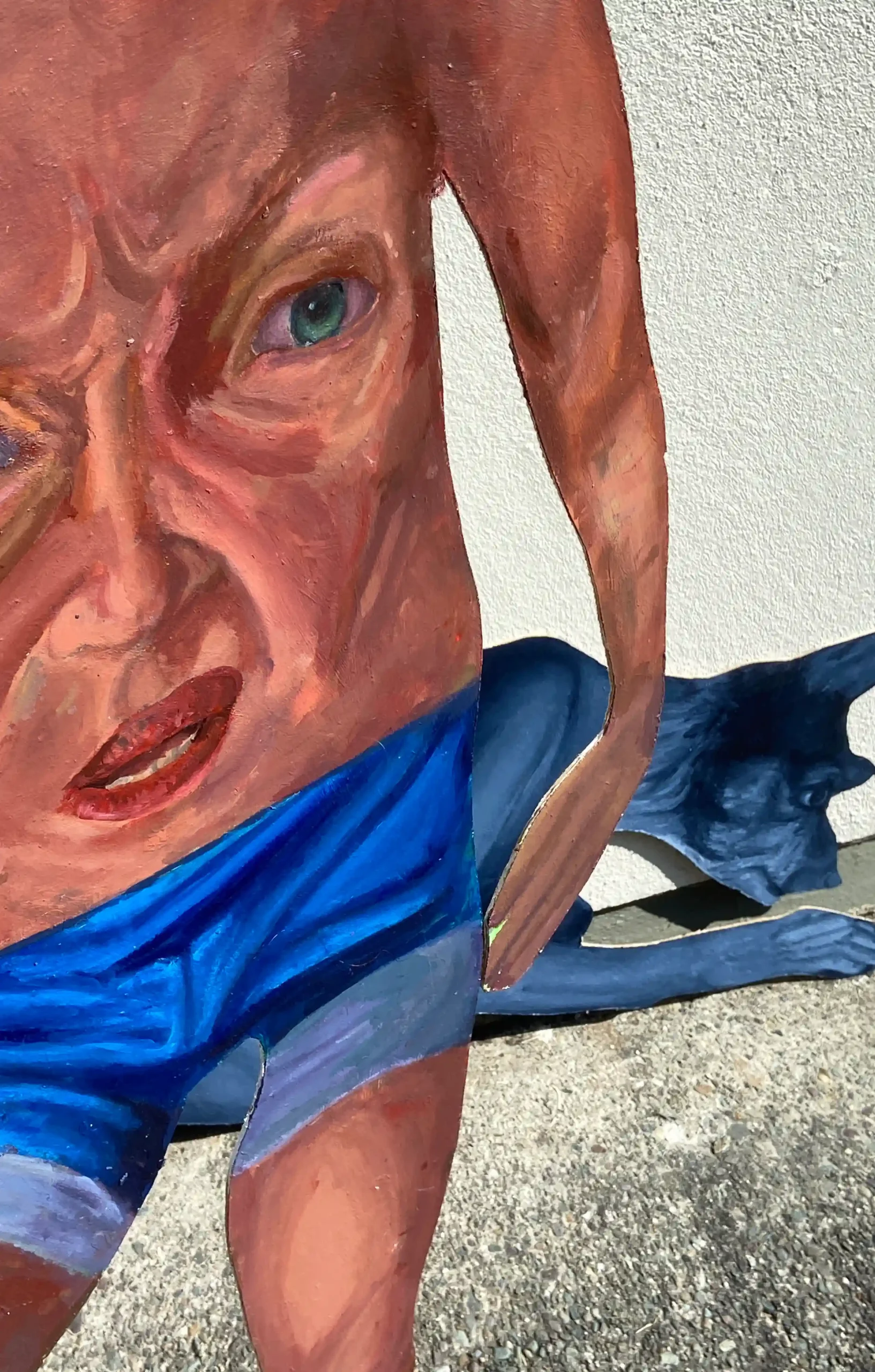
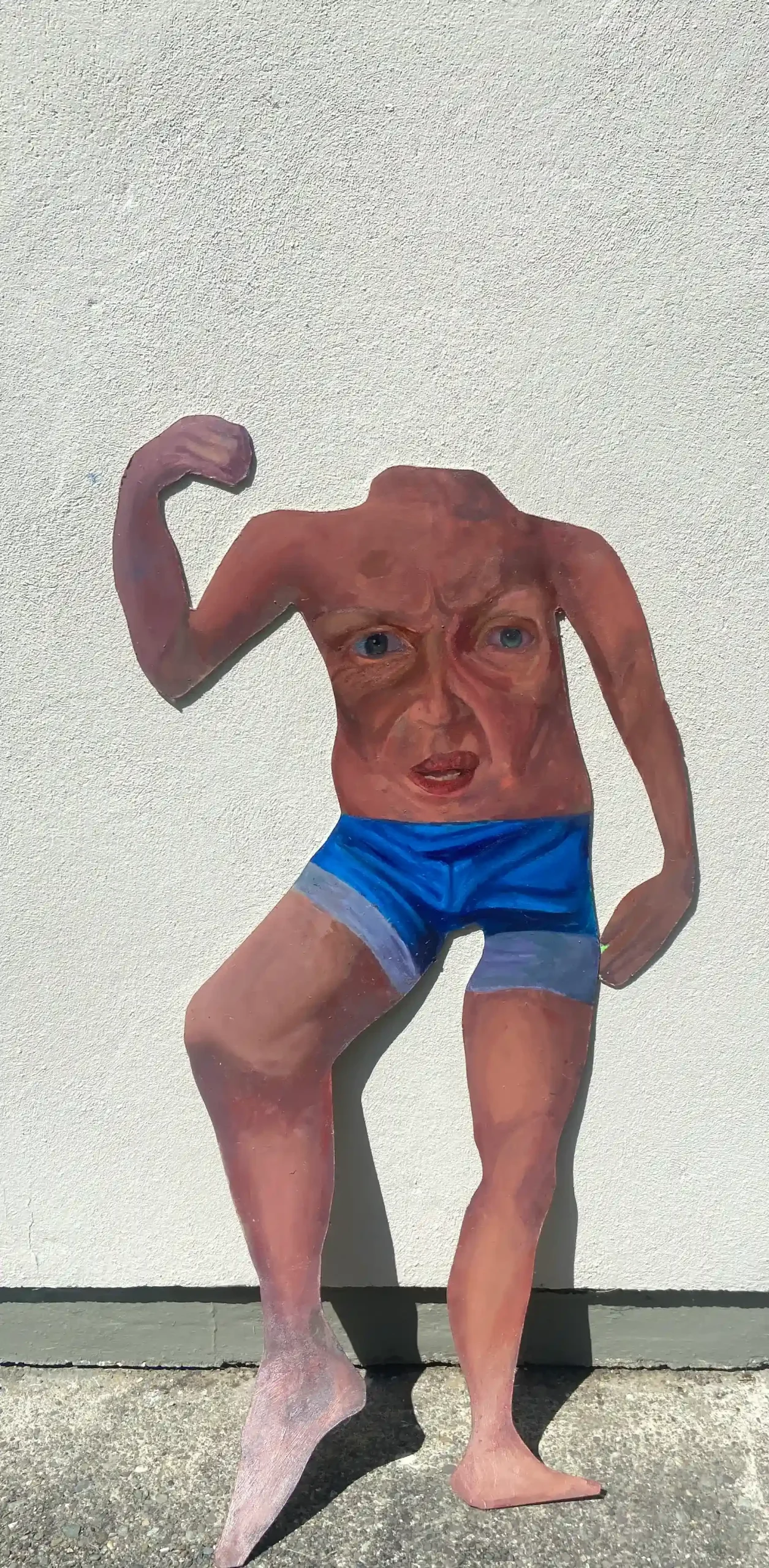

This project explores the rise of anti-immigration rhetoric, particularly the use of dehumanising language such as “unvetted” and “fighting-aged male migrants.” These terms echo historical language used in medieval texts to describe the mythological race of Cynocephali, dog-headed people. Christian scholars debated whether the Cynocephali were truly human: Did they possess reason? Were they capable of logic? The concern was never about their existence, but rather their humanity.
Similarly, today’s discourse around refugees and migrants often centres not on practical or humanitarian concerns, but on whether these individuals are “compatible” with Irish society. This mirrors medieval fears about cultural otherness and barbarism. The irony is especially sharp in Ireland, a nation with a long history of emigration.
To satirise this contradiction, my work features another medieval creature protesting the Cynocephali. By reanimating these historical figures, the project exposes how ancient prejudices continue to haunt contemporary discourse in new guises.
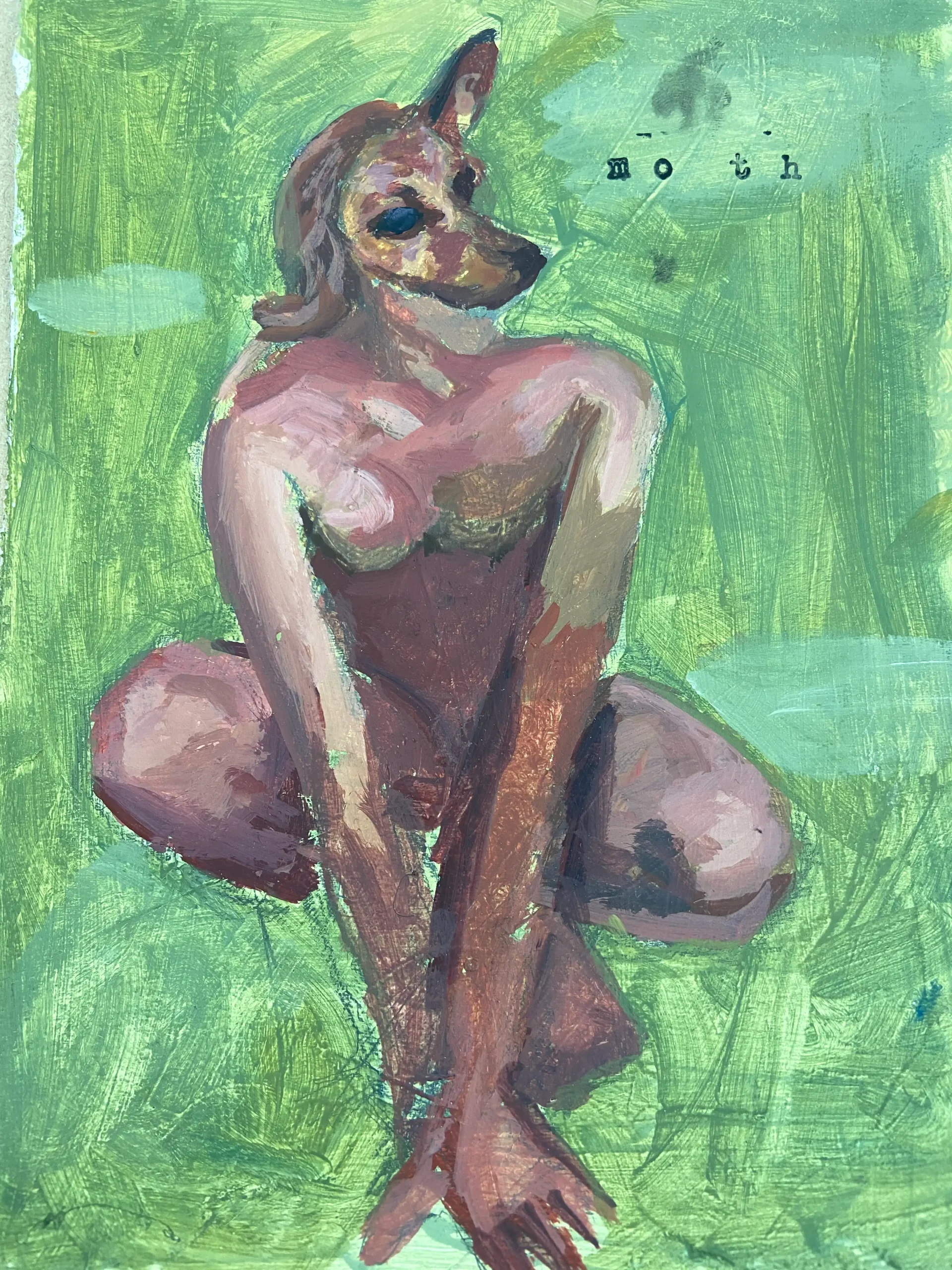
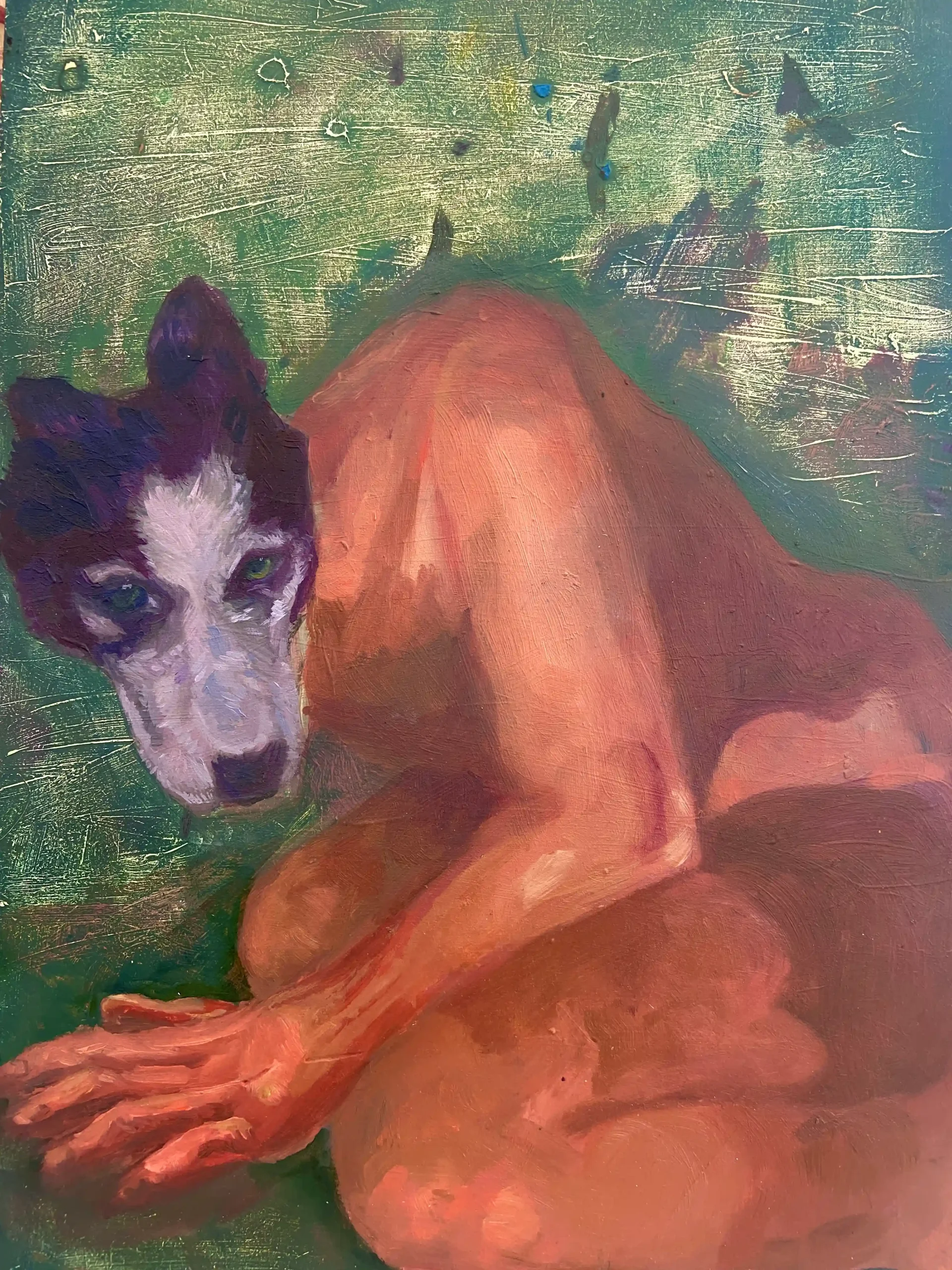
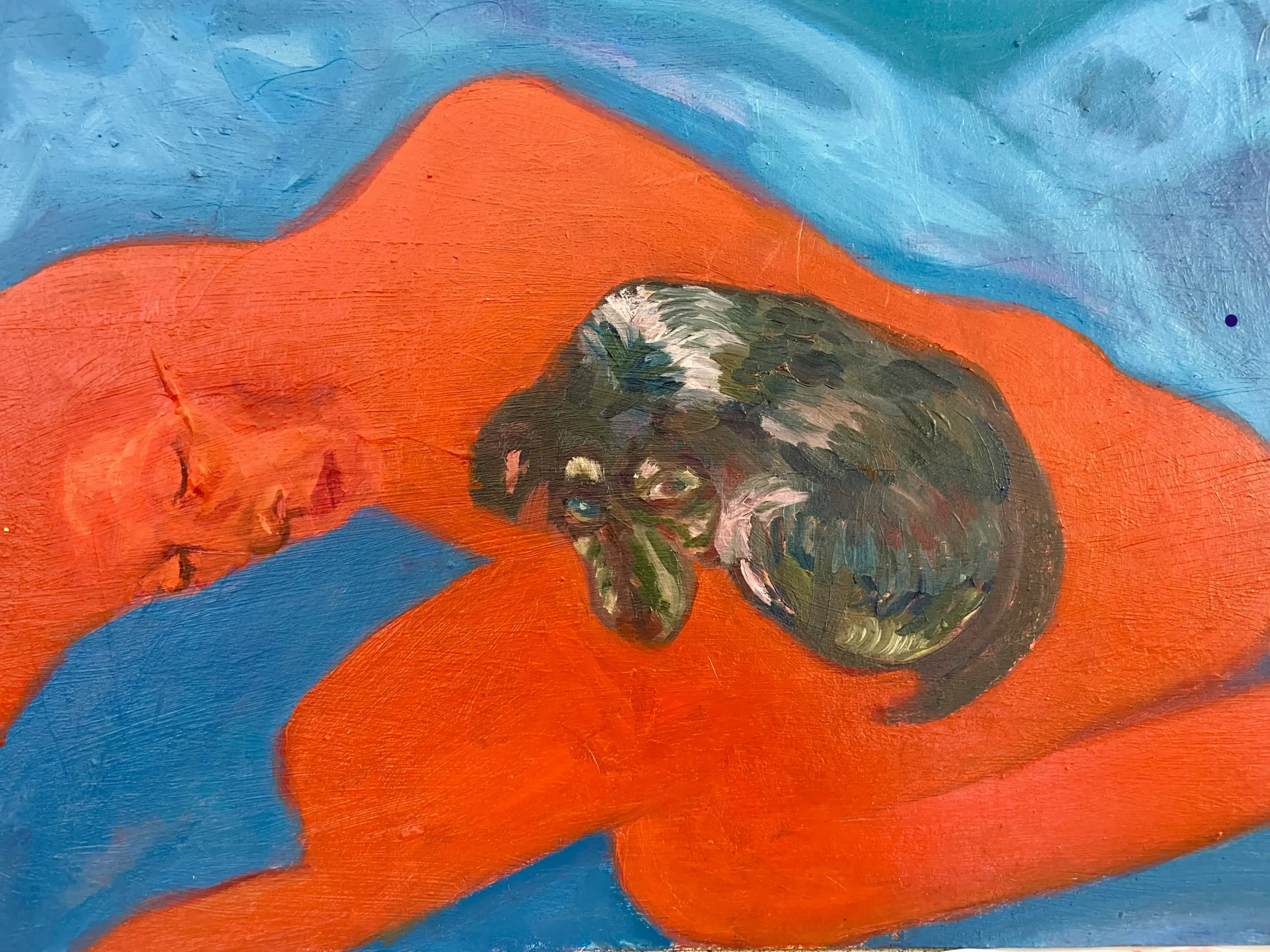
The Hounds
Exploring the myth of Cú Chulainn, by reimaging him as a hybrid of a human and dog form. This project was focused on exploring the state of Irish identity through arguably the most patriotic symbol of the island of Ireland. Cú Chulainn, as a symbol of the endless protector of all, was co-opted by Unionist and Republicans and countless other movements and groups. Using this idea of a symbolic dog stretched thin across ideological divides results in him not really standing for much in the end. Critiquing the overuse of Cú Chulainn as a Symbol has led to turning his symbol into a literal “shaggy dog” story. This was the motivation behind the 2666s replacing the fearsome hero of Ulster, instead he is a needy Border Collie or a yapping little Jack Russel. The exploration of dog symbolism led naturally to the Cynocephalus, the mythological dog-headed species present in the writings of medieval Christian scholars. Saints such as St Christopher were being depicted as a Cynocephalus, leading to the Cú Chulainn emaciated hybrid being placed into a religious context in my work.
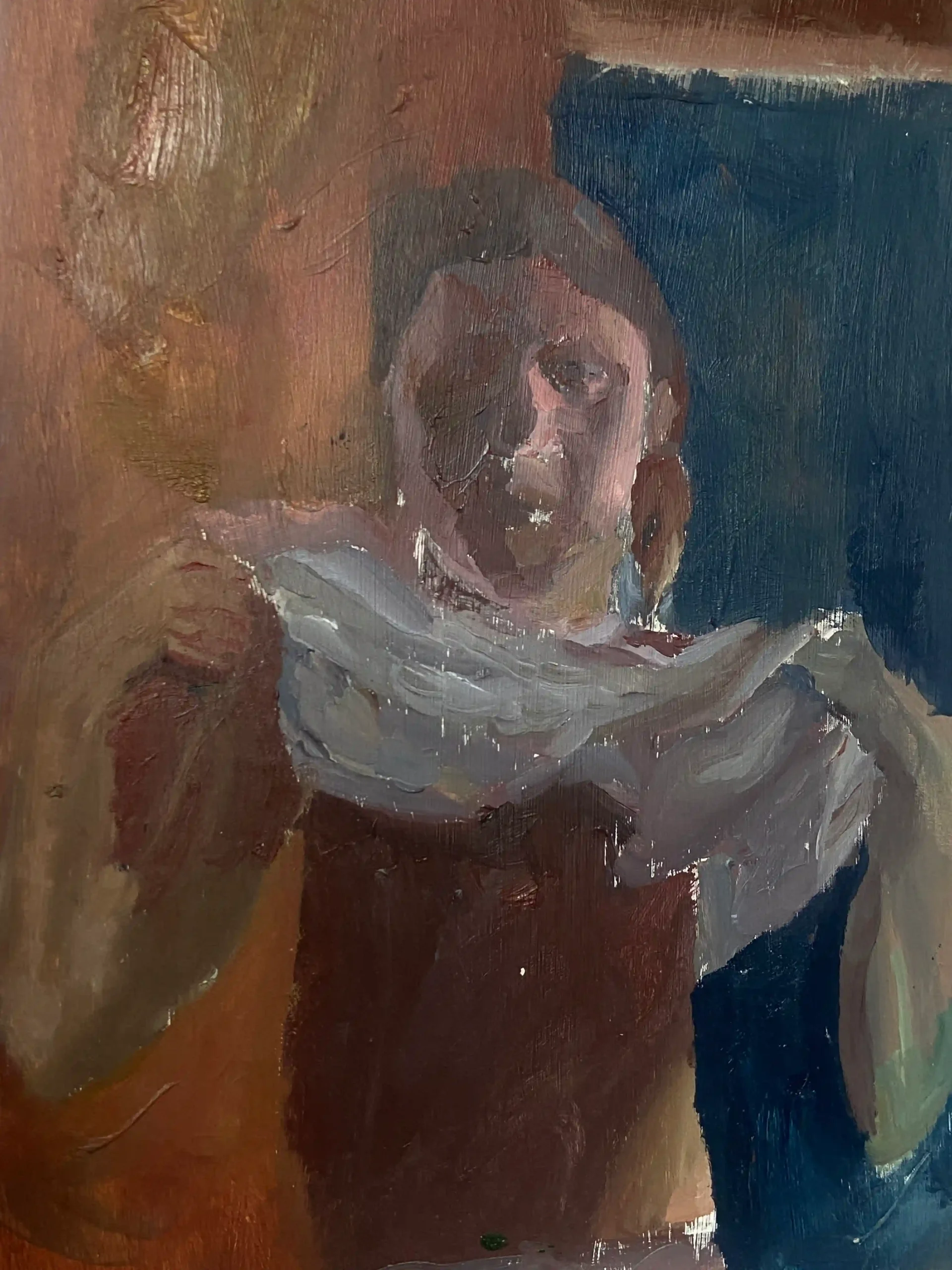
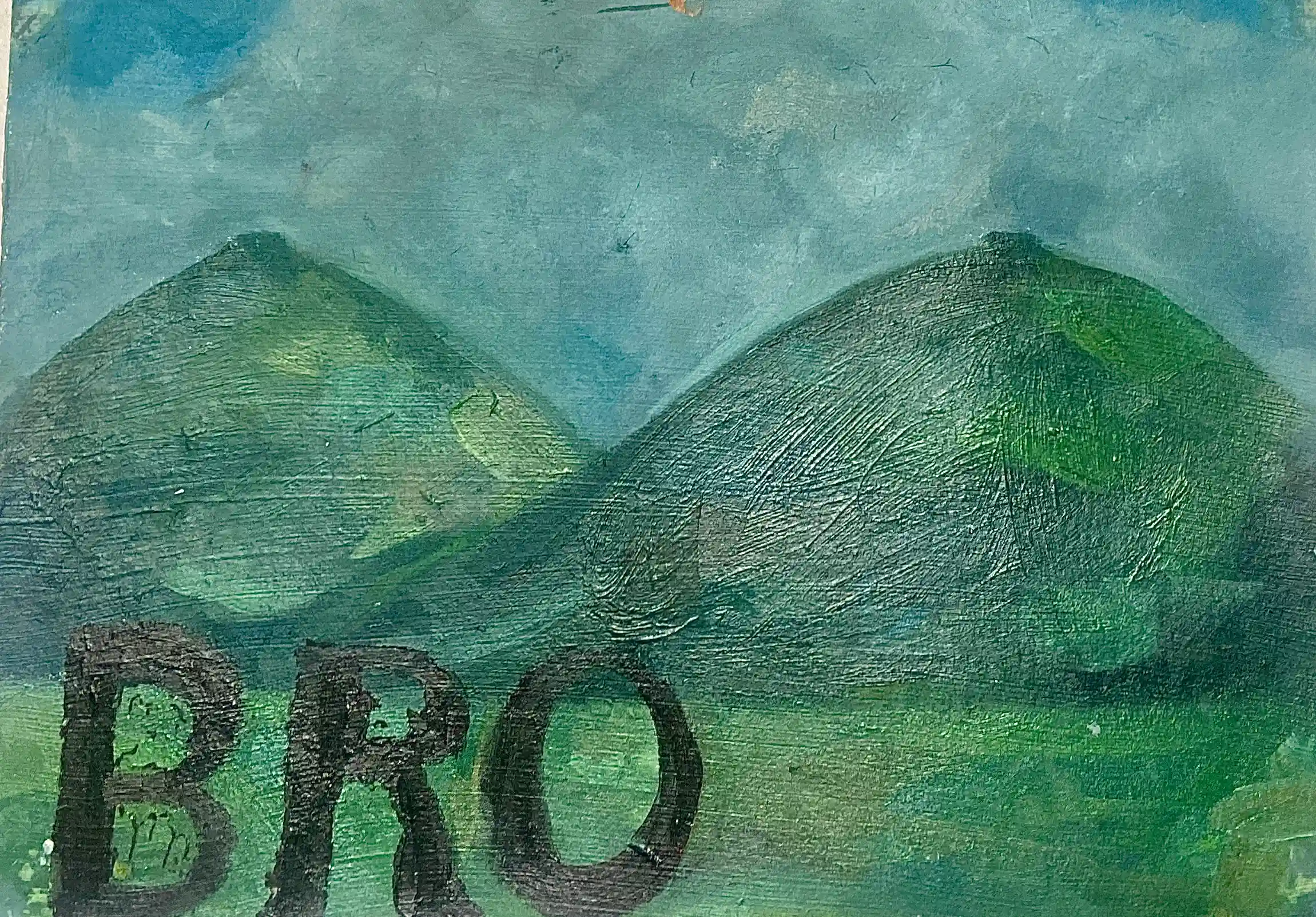
Using the story of the assault of the goddess Áine at the hands of the Earl of Desmond as a site, this project explores ideas of body, land, and ownership. In the original tale, Áine lies with a man but in the Earl’s retelling, he assaults her, and she bears his son. This shift is significant. This revision was used by him to extend his colonisation beyond the land, into the myth, the mind, and the spirit of the place.
This resonates now, there is a colonisation of our own person. Ownership over our own bodies is no longer certain. Constant surveillance through CCTV, or the phone in every hand blurs the line between public and private. With the rise of deep-fakes and the permanence of the internet, do we still own our likeness? Our image? Once something is online, it lingers. The truth of a story is easily lost, ownership over your own actions and your own story is lost.
This triptych features the The Paps Mountain in Co.Kerry. The Paps are a representation of The Goddess Aine’s Body, which I have juxtaposed with a figure stripping.
No students found for the selected year.